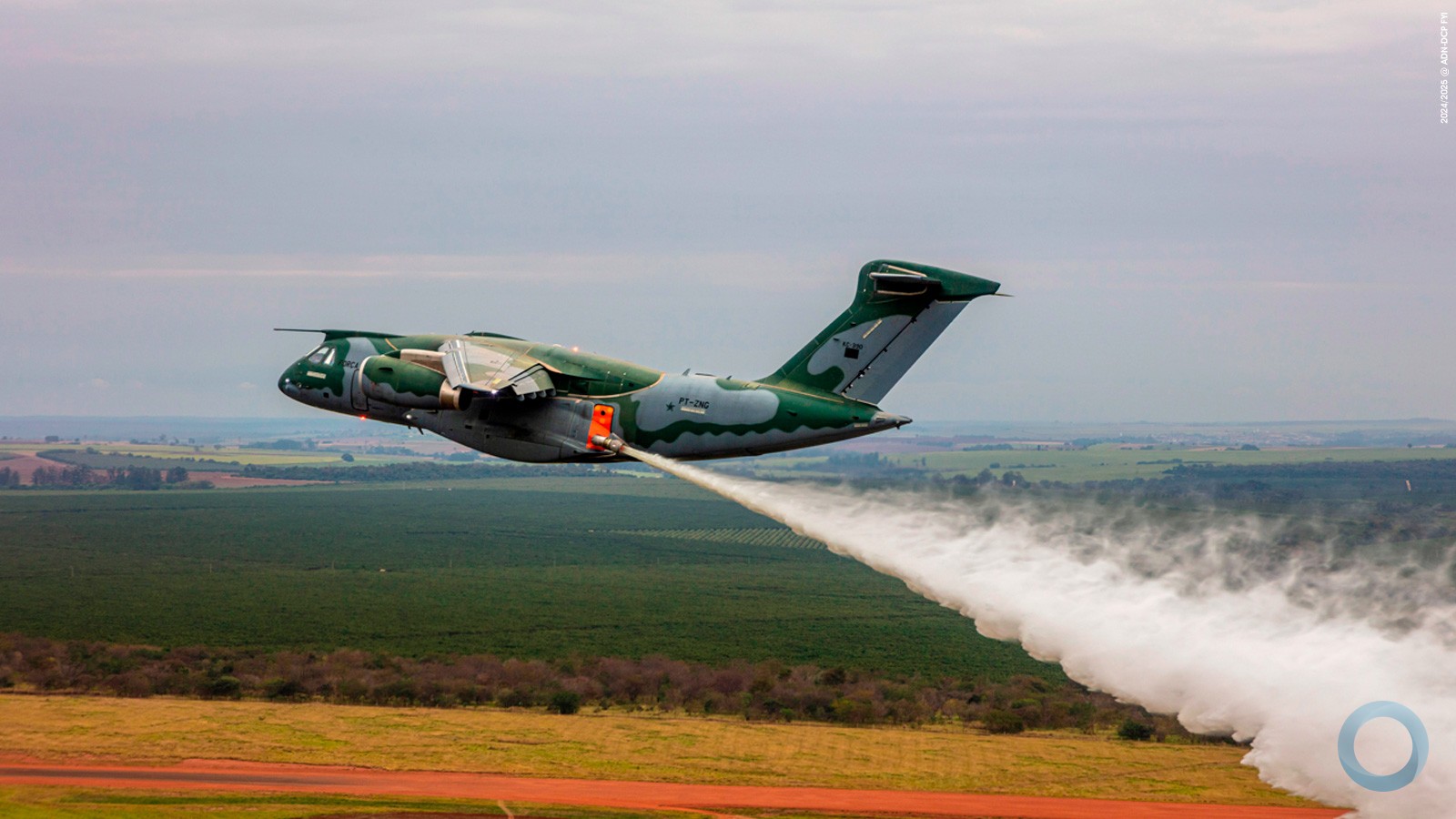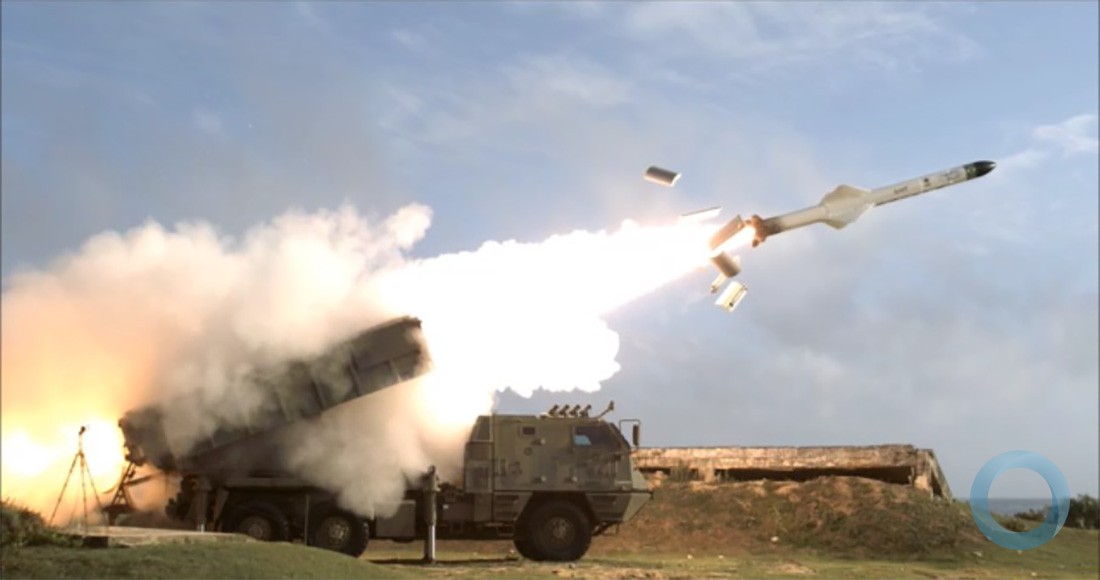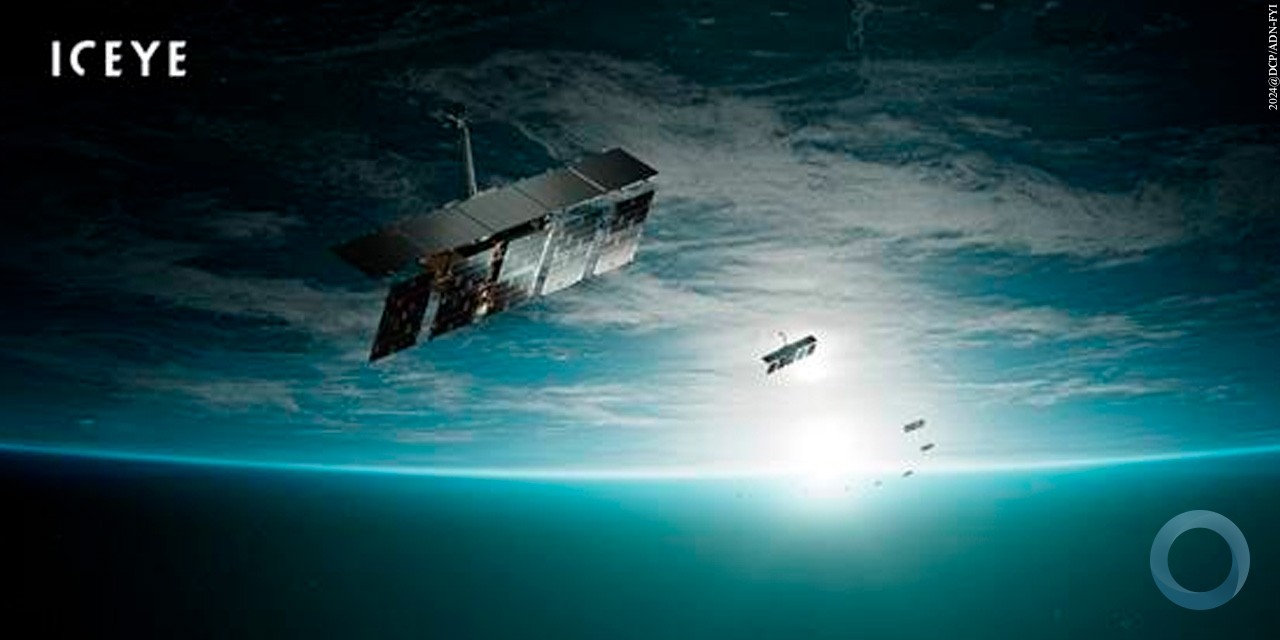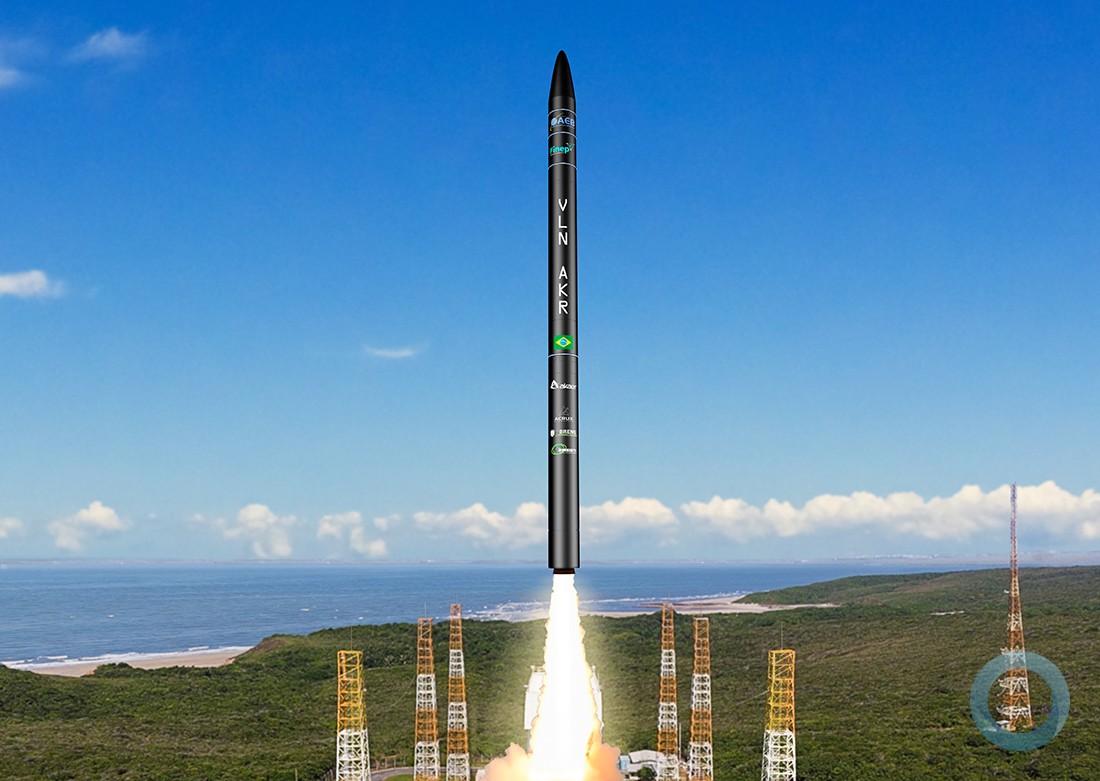Source: CSIS/AMTI
China’s airstrip construction at Fiery Cross, Mischief, and Subi reefs, and more recently developments in the Paracel Islands, have dominated the South China Sea discussion. But capabilities being developed at its smaller Spratly Island outposts—Gaven, Hughes, Johnson South, and especially Cuarteron reefs—will prove equally important to Beijing’s long-term strategy.
This month’s deployment of HQ-9 surface-to-air missiles on Woody Island in the Paracels, while notable, does not alter the military balance in the South China Sea. New radar facilities being developed in the Spratlys, on the other hand, could significantly change the operational landscape in the South China Sea. And when along with the development of new runways and air defense capabilities, they speak to a long-term anti-access strategy by China—one that would see it establish effective control over the sea and airspace throughout the South China Sea.
Developments at Cuarteron Reef, the southernmost of China’s occupied features in the South China Sea, are particularly important. Construction of facilities at Cuarteron seems nearly complete and the artificial island now covers about 52 acres (211,500 square meters). Two probable radar towers have been built on the northern portion of the feature, and a number of 65-foot (20-meter) poles have been erected across a large section of the southern portion.
These poles could be a high-frequency radar installation, which would significantly bolster China’s ability to monitor surface and air traffic across the southern portion of the South China Sea. In addition to these radar facilities, China has constructed a buried bunker and lighthouse on the northern portion of the feature, a number of buildings and a helipad in its center, communications equipment to the south, and a quay with a loading crane on the western end of the outpost.
China already has significant radar coverage of the northern half of the South China Sea given its facilities on the mainland and in the Paracel Islands. And while it might have some coverage of areas further south courtesy of over-the-horizon radar on the mainland, placement of a high frequency radar on Cuarteron Reef would significantly bolster China’s ability to monitor surface and air traffic coming north from the Malacca Straits and other strategically important channels (how much would depend on the specifics of the radar positioned there). Improved radar coverage is an important piece of the puzzle—along with improved air defenses and greater reach for Chinese aircraft—toward China’s goals of establishing effective control over the sea and airspace throughout the nine-dash line.
How these three capabilities overlap is highlighted in the interactive below. For illustrative purposes, radar ranges are shown as 300 kilometers from Cuarteron Reef and 50 kilometers from other features known to have likely radar towers. Fighter ranges are shown based on China’s J-10. To toggle each layer on and off, click on the dropdown box in the upper-right of the graphic.
Developments at Other Features
Construction at Gaven, Hughes, and Johnson South reefs is also nearing completion, and radar facilities at each will play a part in bolstering China’s ability to monitor and respond to activity in the South China Sea. The artificial island at Gaven Reef now features a quay with a probable loading crane, pier, helipad, and probable bunker on its southern section.
Land reclamation efforts appear to still be underway to the east of the helipad. The central portion of the feature has a large building with four possible gun emplacements, a solar array, and a probable communications tower. The northern section houses a second helipad, support buildings, and a probable radar.
China’s outpost on Hughes Reef includes a large building with four possible gun emplacements, a probable recreation field, and several smaller buildings on its western section, and a quay with a loading crane, a helipad, a probable radar tower, and a possible bunker to the east. There is also land reclamation efforts underway to the south of the main building on the western section.
China’s artificial island on Johnson South Reef includes a large building at its southeast end and a number of smaller buildings, a probably solar array, lighthouse, helipad and quay, and at least two probably radars, on the north and east sides of the feature.






























